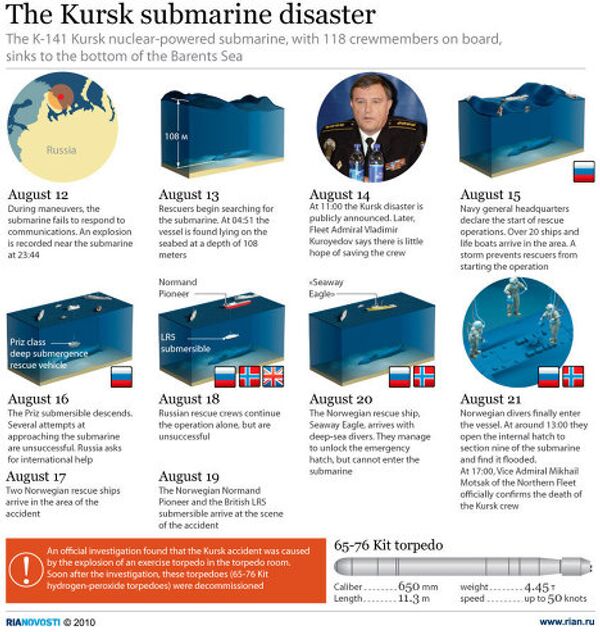MOSCOW (Sputnik) — The K-141 Antey class nuclear-powered submarine was assembled in 1992 at the Sevmash shipyard in the Russian northwestern city of Severodvinsk. The submarine, designed by Pavel Pustyntsev and Igor Baranov, was named Kursk on April 6, 1993, launched in May 1994, and commissioned on December 30 of the same year.
On March 1, 1995, the cruise missile submarine entered into service with the Northern Fleet and joined the 7th Division of the 1st Nuclear Submarine Flotilla, based at the northwestern Zapadnaya Litsa naval base. Between 1995 and 2000, the submarine served Russia’s Northern Fleet.
Lost Connection
On August 12, 2000, during an exercise in the Barents Sea under the command of Capt. 1st Rank Gennady Lyachin, the submarine failed to establish communication at the designated time while it was carrying out an exercise in torpedoing a flotilla of combat ships in the Northern Fleet’s naval testing area.
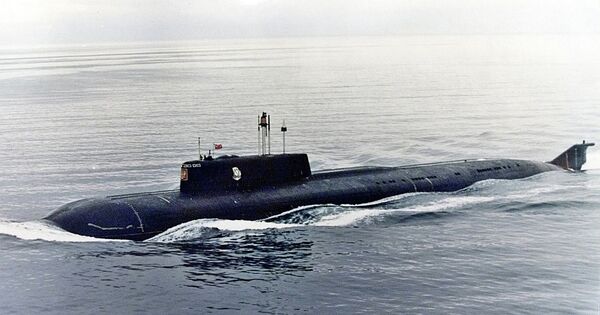
The following day, a group of ships led by Northern Fleet commander Adm. Vyacheslav Popov started the search for the submarine. The Kursk was discovered on the sea floor at a depth of 108 meters (354 feet) early in the morning of August 13. Then-Defense Minister Igor Sergeyev reported the incident to Russian President Vladimir Putin.
On August 14, the commanders of the Russian Navy made their first public statement, reporting that the submarine had sunk. The Navy’s statement assured the public that the navy was maintaining radio communication with the submarine.
Shortly after, however, spokesmen for the navy said they only communicated through Morse code, that the crew was not in danger, and that Kolokol rescue apparatus was supplying fuel and oxygen to the submarine. However, soon after that, Russian Navy commander Adm. Vladimir Kuroyedov announced that there was little hope of rescuing the Kursk’s crew.
Rescue Operation
On August 15, the Russian Navy’s headquarters officially declared the start of the rescue operation to evacuate the crew. Northern Fleet rescue vessels, including the battlecruiser Pyotr Velikiy and about 20 ships and rescue vessels, arrived at the site. However, a storm forced the rescue operation to be postponed.
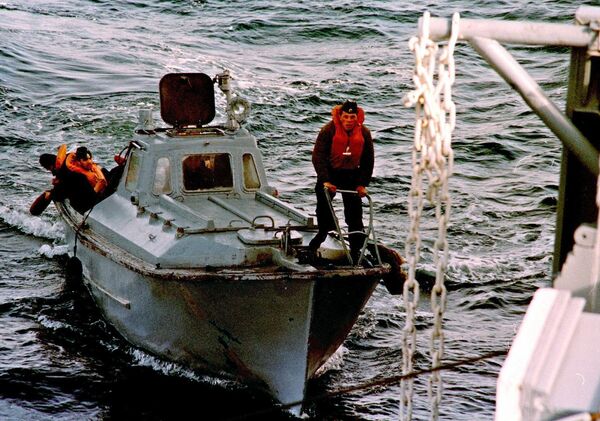
A spokesman for the Northern Fleet told journalists that day that the exchange of messages in Morse code proved that the crew members were alive, but he said it was unclear whether anyone among the 103 people aboard the submarine was injured. The number of people on board was later confirmed to be 118.
On August 16, in the midst of a two-point sea swell, a Priz deep-water rescue device was deployed from the Rudnitsky rescue vessel. Throughout the night, several attempts were made to enter the submarine, all were unsuccessful.
On August 17, the Norwegian Seaway Eagle ship, carrying deep-sea divers, and the transport vessel Normand Pioneer carrying British experts and equipment, were dispatched to the site of the disaster.
International Efforts to Save the Crew
In the afternoon of August 19, the Normand Pioneer arrived at the site, beginning the international stage of the rescue operation.
On August 20, Norwegian divers inspected the submarine in an attempt to determine the damage and the presence of air cushions in the stern compartments of the submarine. They managed to unlock an escape hatch but could not get inside the submarine. To open the hatch, special tools had to be constructed.
On the morning of August 21 the Norwegian divers managed to open the upper escape hatch in the ninth compartment, but the escape lock was empty. The divers opened the internal hatch to the submarine’s ninth compartment, which appeared to be filled with water. A video camera was inserted into the submarine to try to assess the condition of the seventh and eighth compartments of the submarine. The camera captured a body.
No Survivors
At 5 p.m. on August 21, Vice Adm. Mikhail Motsak, chief-of-staff of the Northern Fleet, officially confirmed the deaths of the K-141 Kursk submarine crewmembers.
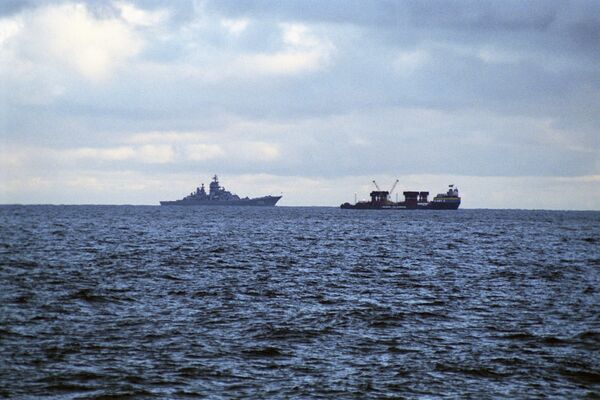
On August 22, the Russian president issued an executive order declaring August 23 a day of mourning.
On the 40th day after the Kursk disaster, a commemorative stone of mourning was laid in a memorial on the island of Yagry in the city of Severodvinsk.
An operation to recover the bodies of the dead sailors began on October 25 and finished on November 7, 2000. The raising of the submarine began on October 7, 2001, and on October 10, it was towed to the Russian Navy’s Roslyakovo shipyard.
One hundred and fifteen bodies out of the 118 on board were recovered and identified by early 2001.
Investigation
Eight investigative teams were set up to probe into the events surrounding the sinking of the Kursk. They started as soon as the submarine was completely drained. The groups included experts from the Northern Fleet and representatives of the Moscow and St. Petersburg military districts. The investigative groups examined the submarine for a year.
On October 27, 2001, Prosecutor General Vladimir Ustinov declared that a visual inspection of the submarine indicated that a fire had spread throughout the entire vessel, reaching temperatures of 8,000 degrees Celsius at its hottest points. The submarine was entirely filled with water within up to eight hours. Ustinov stressed that despite the submarine suffering extensive damage, the barrier separating the sixth nuclear reactor compartment was not damaged, saving the reactor, as well as 22 cruise missiles, located at the sides of the submarine.
On July 26, 2002, Russia’s prosecutor general announced that an explosion with an epicenter inside the fourth torpedo launcher, and subsequent explosions of the combat torpedo sections in the submarine’s first compartment caused the Kursk disaster. Ustinov also reported that his office had closed the criminal case into the Kursk disaster due to the lack of a crime. Those responsible for holding the naval exercise in the Barents Sea, the manufacturing, exploitation and installment of the torpedo that caused the disaster, were not guilty, according to him.
Heroes
In a Russian presidential executive order, the Kursk’s crewmembers were posthumously awarded orders of courage, while the commander of the vessel, Lyachin, was posthumously awarded the title of Hero of the Russian Federation.
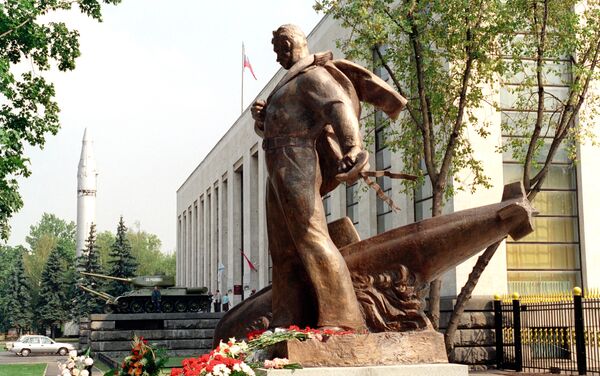
On August 12, 2002, memorials were unveiled in the memory of the Kursk’s crew in Moscow, in the Russian city of Nizhny Novgorod and the northwestern village of Vidyayevo, where a Russian naval base is located.
A memorial at the Serafimovskoye Cemetery in St. Petersburg, the burial site of 32 sailors on the Kursk, was completed in August 2003.
On March 19, 2005, a monument to Kursk crew members from Sevastopol was unveiled at the Kommunarov Cemetery in the city.
In 2009, the cabin of the Kursk was placed on the observation deck of the Church of the Saviour on Water, Murmansk, and became part of the memorial to sailors who perished during peacetime.
On July 31, 2012, the relatives of the Kursk’s crew, the participants of the fourth car rally of naval veterans and representatives of the Northern Fleet command placed an Orthodox cross at the bottom of the Barents Sea at the site where the submarine sank.


